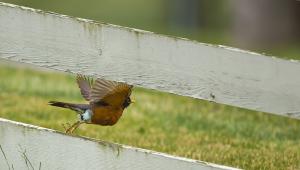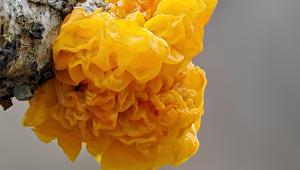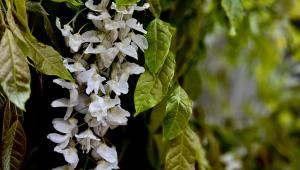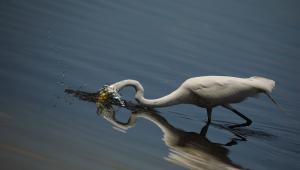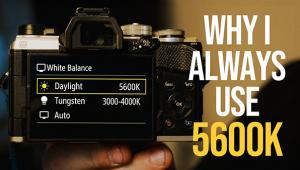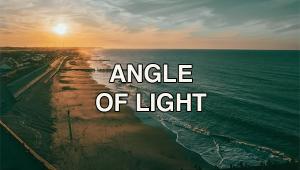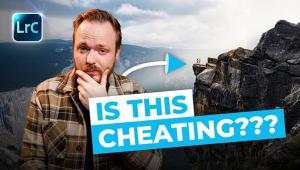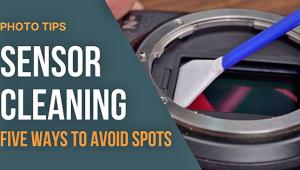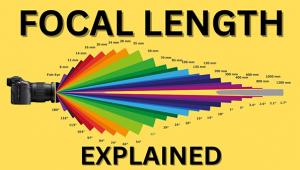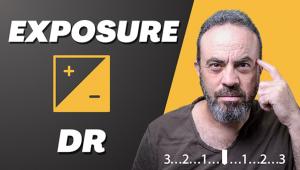Online Selling; Find A New Market For Your Photography--On eBay!
You may be a beginner, an
advanced amateur, or a professional photographer. No matter what your
level of experience, selling your photographs can make a lot of sense.
For a pro, sales are your lifeblood, and new markets are always welcome.
For amateurs, sales can be a way to buy new equipment, or a path to
joining the ranks of the professionals. There are many kinds of markets
for good photographs, but we are going to tell you how to take advantage
of a unique market that is largely unknown among photographers--the
online auction market. Auction Site |
|||
Getting Started |
|||
Photographs For Your
Auction Picking A Category Good Auction Titles
Are Critical To Your Success Feedback Producing Your Prints
To Sell Pricing Your Auctions Getting Paid Shipping Take A Chance Chris Maher and Larry Berman are photographers, writers, and web designers, specializing in image intensive photography sites. For more information visit their web sites www.InfraredDreams.com, www.BermanGraphics.com and www.BermanSports.com. |
- Log in or register to post comments























